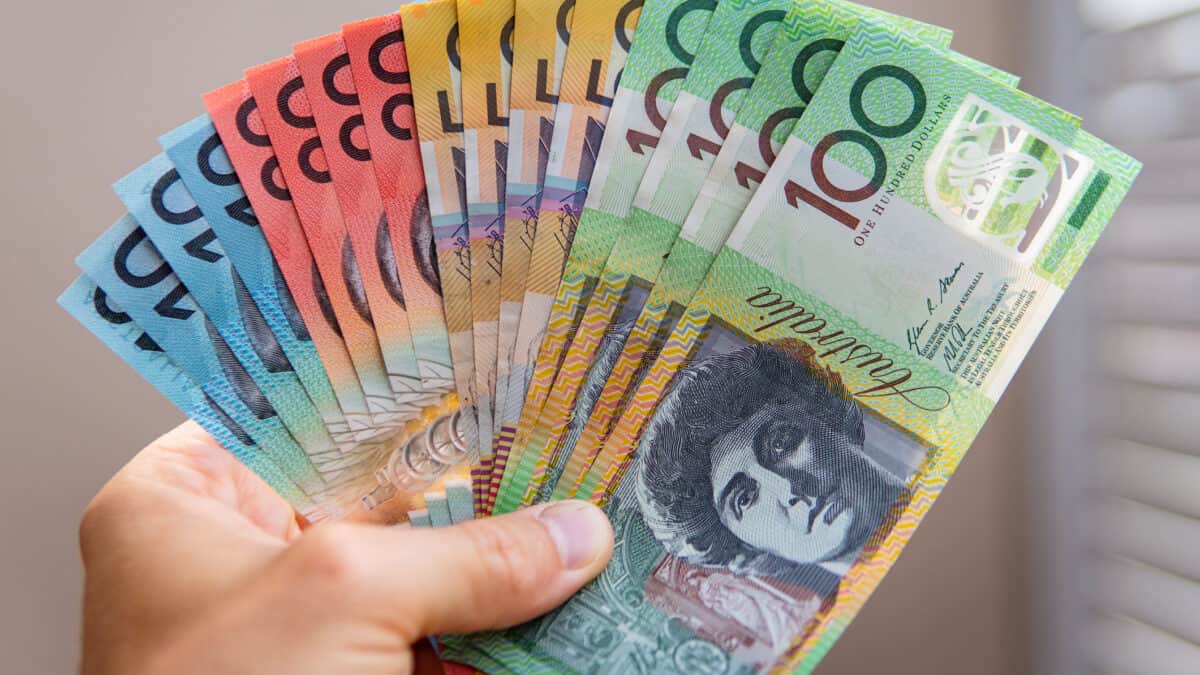There's an age-old question about whether it's best to invest in ASX growth stocks or ASX income shares. I'm going to consider the question from the perspective of investing $1,000.
Saving up $1,000 to invest is an achievement amid this high cost of living. What's going to be the best place to invest it?
If you're going to need the money within a year or two, it may be best to save it in a high interest savings account. The interest rate return of around 5% at the moment (from a good account) is solid. There's a chance the share market may experience volatility at the exact time you need the cash.
ASX income shares
ASX shares that pay dividends are appealing. Receiving passive income cash flow year after year for no effort is a compelling investment.
The great thing about businesses is that they're capable of both paying dividends and re-investing some profit for long-term growth.
Companies like Wesfarmers Ltd (ASX: WES) and Sonic Healthcare Ltd (ASX: SHL) have shown a skill of paying a decent dividend yield while steadily growing over time.
Other investors may be interested in higher-yielding stocks that can pay a large income. However, I'd only want to invest in businesses where the dividend can grow over time rather than focusing on a temporarily high yield that could be cut substantially.
If a business had a 7% dividend yield, an investor could get $70 of annual dividend income with a $1,000 investment.
Some of my favourite high-yield ASX income shares at the moment are Telstra Group Ltd (ASX: TLS), Metcash Ltd (ASX: MTS) and Medibank Private Ltd (ASX: MPL).
Is this the right choice with $1,000? I'm not sure receiving $50 or even $100 of annual income will change someone's finances dramatically each year. If there are more $1,000-sized investments to come, or we're talking about investing $10,000 plus, then investing in ASX income shares could be the right choice.
An investment like Washington H. Soul Pattinson and Co. Ltd (ASX: SOL) could make a lot of sense with $1,000 (or more) because it offers a diversified portfolio, can provide a decent grossed-up dividend yield upfront (around 4%) and has a long track record of delivering capital growth and dividend growth.
ASX growth stocks
Over the long term, I believe capital growth can beat the returns offered by (typically) slower-growing ASX income shares.
My colleagues and I at the Motley Fool regularly write about which ASX growth shares could be attractive investments.
If a $1,000 investment grows by 10% per annum, it will double in value (to more than $2,000) in less than eight years. If it keeps growing at 10% per annum, it could be worth $6,700 in 20 years. After 40 years, it might be worth around $45,000.
I don't know which ASX growth stocks will still be doing well in 40 years, so it might be a good idea to invest in global exchange-traded funds (ETFs) that invest in strong businesses that could deliver good capital growth.
Some of my favourite global ETFs for potential capital growth are Vanguard MSCI Index International Shares ETF (ASX: VGS), VanEck MSCI International Quality ETF (ASX: QUAL), BetaShares Global Sustainability Leaders ETF (ASX: ETHI) and VanEck Morningstar Wide Moat ETF (ASX: MOAT).
In my opinion, the right choice for $1,000 would be either one of the ASX ETFs I mentioned or Washington H. Soul Pattinson shares if decent dividend income is a factor.









